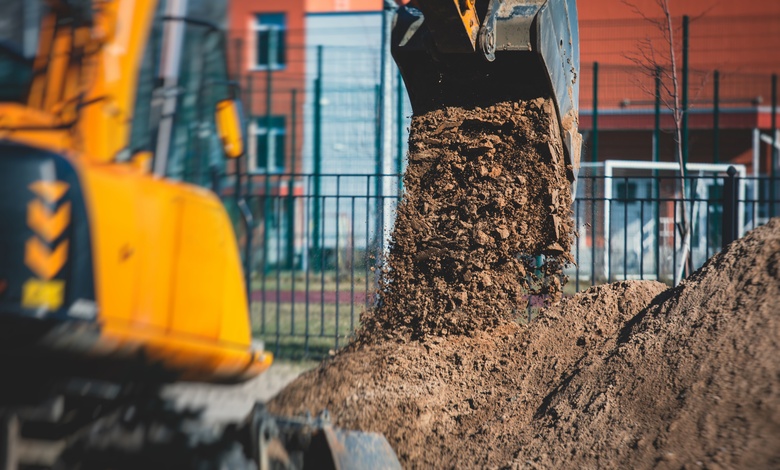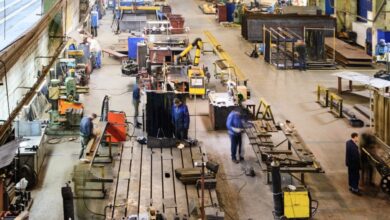
4 Ways Excavators Can Reduce Risks on the Job
Excavation is a basic part of the job for many construction projects, but there are always risks when it comes to digging. From equipment malfunctions to unexpected underground hazards, these dangers can impact the safety of workers and the success of the project.
However, there are many ways excavators can reduce risks on the job. Below, we explain how site assessments, equipment inspections, and techniques like vacuum excavation can promote a safer work environment.
1. Conduct Thorough Site Assessments
The first step in reducing excavation risks is understanding the jobsite. A comprehensive site assessment allows construction teams to identify potential hazards before breaking ground. This assessment includes checking for underground utilities, uneven terrain, water sources, and other environmental factors that could pose risks.
By carefully surveying the site and reviewing records of previous land use, workers can anticipate and prepare for risks. Technological tools, such as ground-penetrating radar (GPR), can provide valuable insights into what lies beneath the surface. Investing time in this preparatory phase can prevent accidents, shorten unplanned downtime, and avoid costly repairs later.
2. Implement Proper Safety Training
Safety training is crucial for minimizing risks, no matter what an operator’s experience level. Excavators must understand equipment capabilities, limitations, and emergency protocols, such as handling mechanical failures or soil collapses.
Safety training should also include all on-site workers, covering key principles like staying clear of machinery, recognizing warning signals, and wearing protective gear. Regular training updates help protocols keep pace with evolving equipment and industry standards.
3. Regularly Inspect and Maintain Excavation Equipment
Another way excavators can reduce risks on the job is by upholding equipment safety through routine maintenance. Operators and site managers should establish a regular inspection schedule, checking basics like fluid levels, hydraulic systems, and tire or track conditions, as well as complex components such as control panels and load-bearing parts.
Workers must resolve issues before use and partner with certified technicians for servicing while following manufacturer guidelines for safety and reliability. Preventive maintenance minimizes risks and extends the lifespan of costly equipment.
4. Vacuum Excavation
Vacuum excavation is a modern digging method that uses air or water to loosen soil and a strong vacuum to remove debris. This technique works by breaking up the ground with precision, allowing debris to be safely extracted without heavy machinery or invasive digging.
Vacuum excavation reduces risk on the job by diminishing the likelihood of damaging underground utilities like pipelines, cables, or electrical systems and enhancing worker safety by lowering exposure to cave-ins and hidden hazards.
A Safer Future for Excavation Work
Minimizing excavation risks goes beyond regulatory compliance; it protects workers’ lives and promotes project success. By conducting thorough site assessments and using advanced techniques like vacuum excavation, teams can create a safer, more productive environment.






